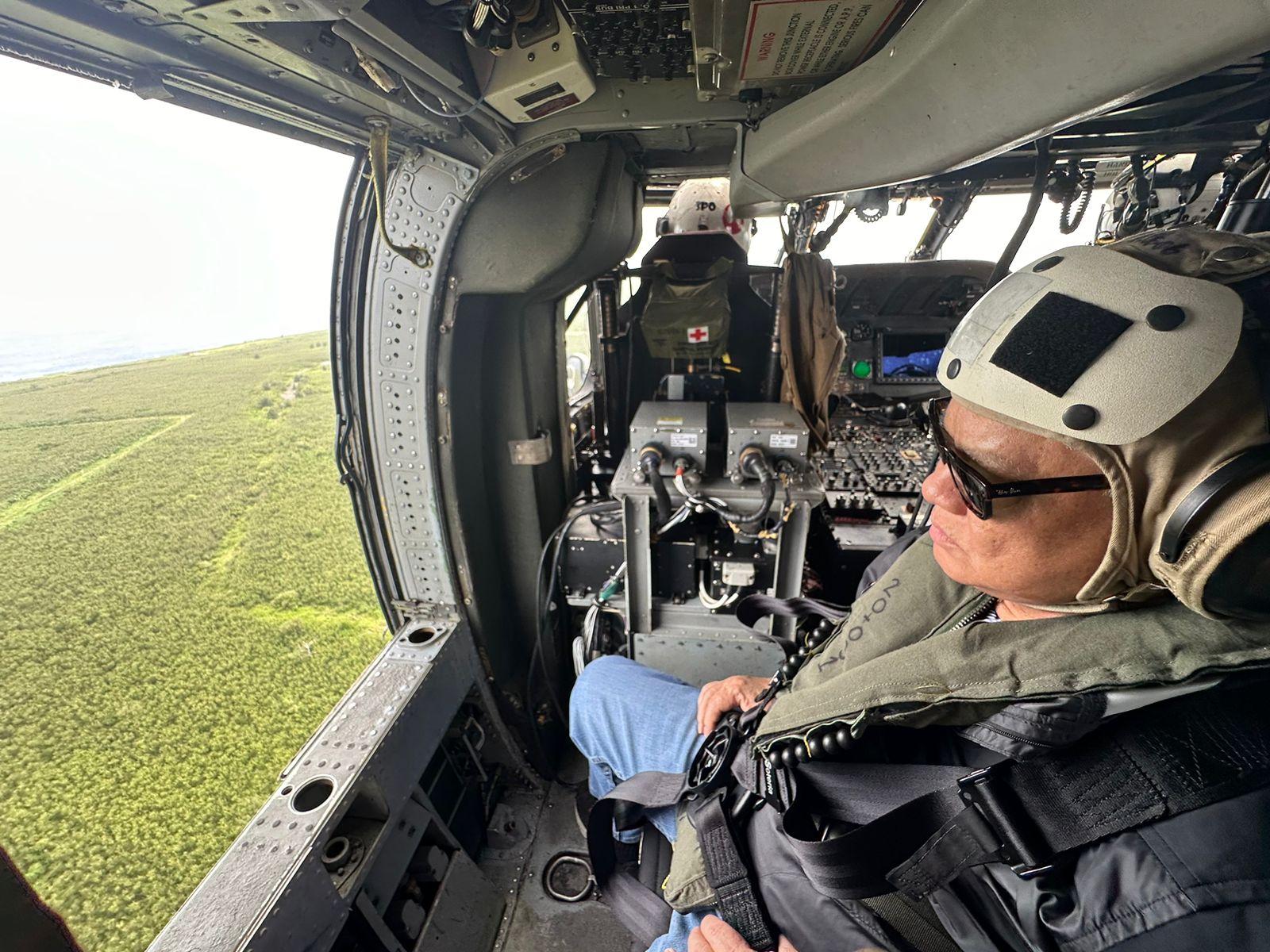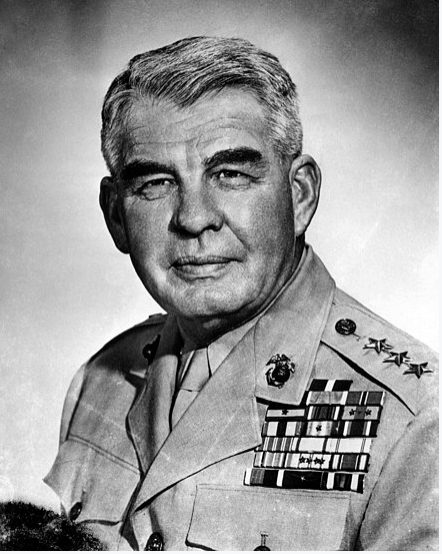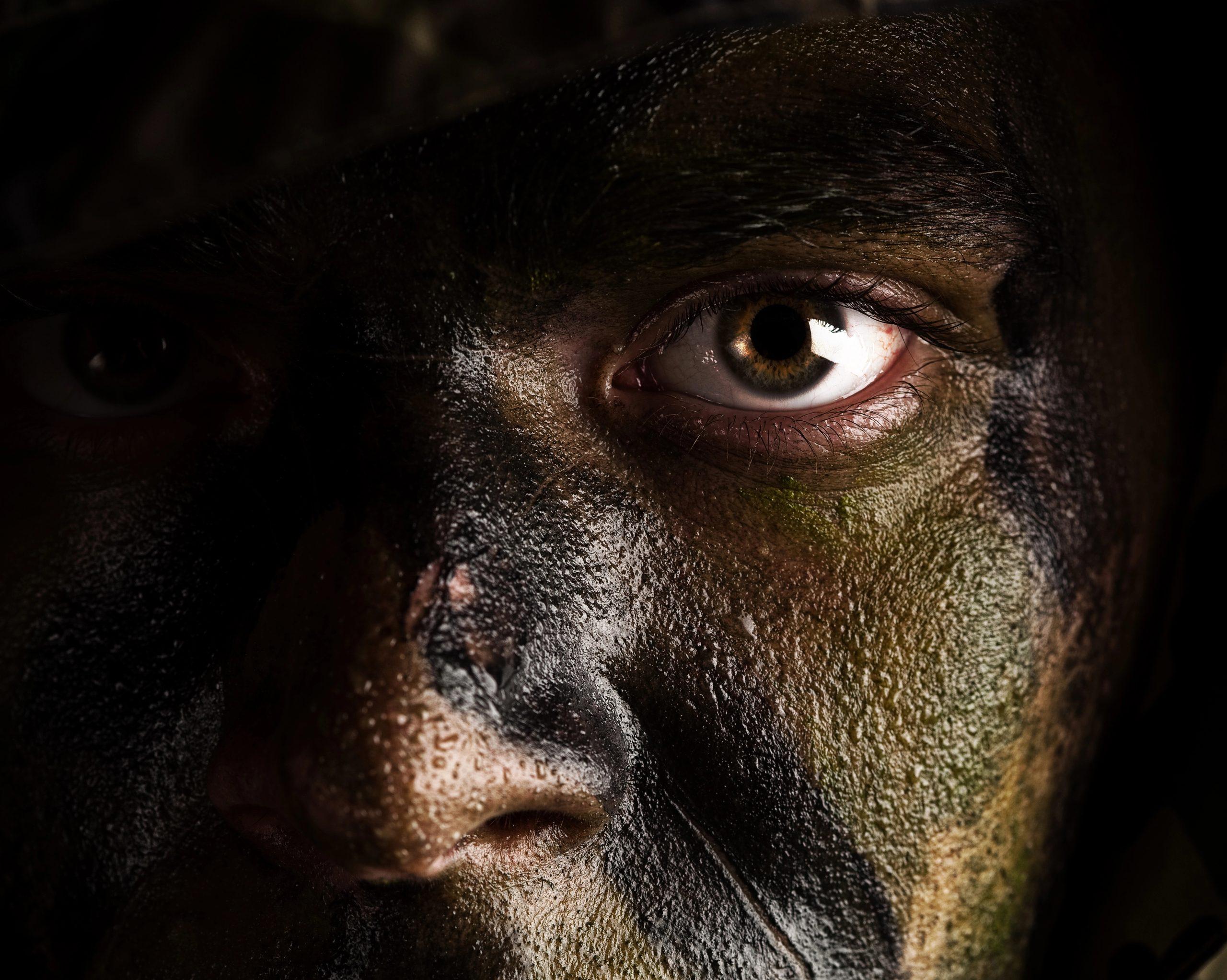The U.S. Army is preparing a mammoth transition from decades of war in Afghanistan and the Middle East to the possibility of war with and in China, according to an article this morning by Helene Cooper in The New York Times (https://www.nytimes.com/2024/10/29/us/politics/us-military-army-china.html).
“The Pentagon calls it a Great Power War, and it would be exponentially more dangerous. It would put the world’s two strongest militaries — both of them nuclear superpowers — in direct conflict, possibly drawing in other nuclear adversaries, including North Korea and Russia. U.S. troops would be killed, in numbers that could possibly go beyond the toll from America’s deadliest conflicts,” Ms. Cooper wrote in her story.
“Such a war would be fought on the ground, at sea, in the air and in space. So the Army is practicing for exactly that.”
The Army’s transformation is crucial, according to the report, if America wants to maintain its superpower dominance in the face of a rising Beijing. Among the risks of U.S. failure to confront Chinese Communist Party aggression if the CCP does abide by dictator Xi Jinping’s goal of invading Taiwan in 2027 is the shifting of longheld Pacific alliances. Confronting China – war with China – means mobilizing hundreds of thousands of Army troops for land invasion across dangerous straits and into terrain that is reconfiguring training throughout the military branch.
“But now, as the chances of war with China increase, the big and cumbersome Army is trying to transform itself after two decades of fighting terrorism in Afghanistan and the Middle East,” Ms. Cooper wrote. “Unlike the Taliban or other insurgents, China will have satellites that can see troop formations from the sky. The Army must, in essence, learn how to fly under the radar.”
According to the report, if Xi invades Taiwan and the U.S. does not enter the war to repel the CCP, ripple effects will be lasting and damaging to America.
“America’s Pacific allies could lose faith in U.S. deterrence and try to make security deals with China. Japan and South Korea — both treaty allies of the United States — could join the nuclear club as a way to defend themselves against China,” Ms. Cooper wrote.
“’Is it quite the fall of the Roman Empire?'” Ms. Cooper quoted Seth Jones, a senior vice president with the Center for Strategic and International Studies, as saying. “’I don’t know, but that’s the right kind of question to ask.’”
Guam and the CNMI
Ms. Cooper’s report makes no mention of Guam and the CNMI, however, much of her reporting is based on Army exercises already happening in Hawaii’s Big Island. The Aloha State, while closer to China, Taiwan and the Philippines than states where large Army populations are based, still is thousands of miles from the western Pacific and Asia.
Guam and the CNMI, both U.S. territories and both undergoing military buildup by the Navy, the Marines, and the Air Force, are the closest U.S. soil to the impending war theatre. In a lengthy interview with Kandit nearly two years ago, Marine Corps Base Camp Blaz spokeswoman Major Diann Rosenfeld said the Marines will be training in Guam for combat conditions in Asia and southeast Asia. But according to Ms. Cooper’s report, the Pentagon isn’t worried about Marines or Naval readiness as it is with the Army.
“To stress-test the Army’s ability to deploy quickly and fight on Pacific island chains, soldiers with the 25th Infantry Division, along with Japanese, Australian, Indonesian and other partner troops, rappelled into jungle ravines and then made the humid climbs up, laden with gear.
“Some 28 miles away at Pearl Harbor, Army transport ship crews ironed out various ways to discharge the military equipment and the troops they will need in the event of war in the Pacific.
“And not far from the North Shore of Oahu, soldiers worked to disguise a multivehicle command and control unit, complete with big-screen computer stations, so that it was almost indistinguishable from the deep green forest,” she wrote.

CNMI Governor Arnold Palacios confirmed this morning that next week he will be meeting with a high-level Army official from Washington, D.C. He expects that the subject of Army presence in the CNMI will come up.
Guam Governor Lou Leon Guerrero’s spokeswoman Krystal Paco-San Agustin said “The governor’s primary concern is the safety and security of Guam’s residents. In keeping with that concern, the governor maintains close communication with her military counterparts on island and senior DoD officials in the Pentagon. Military strategy in this region and and the troop deployments associated with that strategy are a matter only DoD should comment on. That said, the governor’s responsibility is to protect against any defense related impacts on Guam when decisions are made.”
It is unclear from The Times report whether the Army buildup in the Pacific is attached to the massive $34 billion Pacific Deterrence Initiative. Last year, Guam Congressman James Moylan gave his blessings to his Republican colleagues from southeastern states on the House Armed Forces Committee to insert language into the annual National Defense Authorization Act that could siphon PDI funds from this region in favor of states like Alabama, South Carolina, Florida, and Georgia.
CCP infiltration of CNMI institutions pushing for ties with China
Among the roadblocks chronicled in several military and federal government reports about Chinese aggression in the Pacific is the continued push by prominent and influential CNMI businessmen and politicians to make it easier for increased investments by the CCP into Saipan and Tinian. The American military is making pronounced investments into Tinian as a place from which America’s Pacific defenses can flourish.
At least one report by the military suggests an Army presence in Saipan.
Mr. Palacios has pushed back on these calls for greater ties with China, much to his political detriment. Whether the U.S. military and the federal government will reward the CNMI’s present loyalty to the country with economic assistance to fight off the economic war China already is waging in the CNMI and throughout the Pacific is yet to be seen.
Ms. Cooper’s account of the importance of American readiness in this theatre is comprehensive. She included a harrowing recount of World War II history regarding America’s decision not to invade Taiwan and take the island from the Japanese Imperial Army:
“The U.S. Army knows how hard it would be to invade Taiwan.
“During World War II, when the island was called Formosa and was occupied by Japan, the Joint Chiefs of Staff came up with Operation Causeway, an invasion plan that would give the United States a base closer to Japan from which to attack. Gen. Douglas MacArthur opposed invading Taiwan as too risky; it meant crossing a contested sea to fight on complex terrain against a well-defended army. Military planners said an amphibious assault on the island would have been far harder than the D-Day landings at Normandy,” she wrote.

An August 12, 1944 memo from the Commanding General of the Fourth Marine Division Harry Schmidt about Marianas Operation Phase I (Saipan), concluded by celebrating the capture of Saipan, “one of the most vital strongholds,” of the Pacific war. The taking of the island began with bombardments then a land invasion in which 3,143 Marines were killed, and 13,208 were wounded. According to the report, the Marines sent to retake Guam were previously stationed thousands of miles away at Guadalcanal. And the Marines sent to take Saipan and Tinian came from Hawaii.
The U.S. military’s capture of the Mariana Islands provided the U.S. with fortifications and forward deployment capability to push against the Japanese Imperial Army and eventually to end World War II.
As communism spread from Russia and an emerging China outward, the buildup of American defenses in Guam and the CNMI became pivotal to American containment policy. A major part of that policy has involved the U.S. alliances with some of Guam and the CNMI’s closest neighbors: Japan, Taiwan, the Philippines and South Korea. As the CCP increased volatility in relations with Taiwan and the Philippines, it has been the threat of American intervention – projected from Guam and the CNMI – that has stabilized the region from war.
“Army officials also say they hope joint exercises with Pacific partners will show Chinese military officials all the capabilities that the United States has and can bring to bear,” Ms. Cooper wrote in her report.
The Cold War is long gone, but Russia is up to its old antics of aggression, busy in Ukraine as Putin attempts to expand his country into Europe. And China, undaunted by the fall of communism, has emerged more powerful than ever.
So, if and when China attacks Taiwan in 2027, the United States is gearing up for war. “Such a war would be fought on the ground, at sea, in the air and in space,” Ms. Cooper wrote. “So the Army is practicing for exactly that.”








2 Comments
Russ Mason
11/04/2024 at 2:21 PM
If true, the US is being a bully again.
Yes, China has a lot of weapons, ships, and other martial implements. But of the million Chinese soldiers and sailors, not one has ever been in combat. They are 100 percent untested, and the US will win, even with this advantage.
Chinese boys have no chance against battle-hardened US troops. Additionally, the CCP has no experience in warfare.
The Chinese would put up a spirited defence for a day or two before US nukes kick all of the feathers out of the Communist pillow. It would be a cake-walk for the USA.
Is that what we want? The disaffected Chinese youth have pretty much opted out of society with the cry of “Bai Lan,” which means “Let it Rot!” They are being sensible, and the CCP is at a loss to correct the situation.
A time for cooler heads to prevail. Too much is at stake.
Christopher Dennis
11/04/2024 at 7:18 PM
The People of Taiwan were there because China under Mao didn’t want them. So they moved to a secluded island that happens to be in the middle of one of the most well-traveled shipping routes ever since Hong Kong went back to China, right past the Philippines through the oil-rich South China Sea and the one to the Largest Port in the World, Singapore. So, if we are being a bully, then, perhaps China should to Back the F off then!